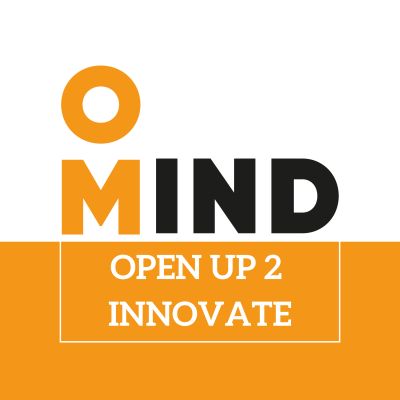Research, news and tools all around Open Innovation. Hands-on advice to the point from OMIND 4 you.
http://podcast.omindconsulting.com/
The human side of Open Innovation with Henry Chesbrough
According to Henry Chesbrough, a lot of the challenges relate to the people inside the organization.
Henry Chesbrough coined the term Open Innovation in 2003. What has changed since then?
In 2003 the focus was primarily on one organization and the innovation happening within the boundaries of a company. In the last 20 years, things have moved in a couple of ways:
1. Inside the organization: We have now a much richer sense of opportunities and challenges that OI can bring. A lot of the challenges of OI relate to the people.
2. Outside the organization: Nowadays, it is about bringing together many organizations. Collectively, we need to find out how to collaborate and orchestrate better solutions by building ecosystems!
Open Innovation appears to get confused with "revealing all knowledge and IP". These misconceptions are rooted in fears. Any advice on how to reduce these fears?
You don't share everything!
There is a learning curve: If you gain more experience, it becomes more natural and easier to train and manage the process.
Working with larger companies: Create a public shareable version of your service so that people can say see the value. You don't share the specifics of how you do things, or what specific compounds you use.
How do we motivate and not demoralize the people?
Reframe the purpose of the organization: For example, instead of being the people who are solving the hardest problems, NASA now sees itself as the seeker of the answers to these hard problems (inside or outside the organization). This reframing helped NASA to align the goals of their organizations with the mechanism of OI.
Reconsideration of reward systems: Organizations need to establish a reward system that appreciates internal achievements but at the same time considers recognition for externally sourced know-how.
What can managers do to establish an OI mindset?
1. Achieve an early win: To create a small project that does not take a lot of money and time but achieves something positive that creates a positive flywheel effect.
2. Acknowledge all contributors: If you achieve this small win you should not only celebrate this win but all the people who have contributed to it - especially those outside the innovation team.
3. Align KPIs and reward systems: They have to be adjusted to stimulate the behavior we really want so that we can broaden this success to the entire organization.
Henry summarized all his experiences in books written especially for managers:
How to move from technology development to the business model side: Chesbrough, H. (2006). Open business models: How to thrive in the new innovation landscape. Harvard Business Press.
How to move from the world of products to the world of services:
Chesbrough, H. (2011). Open services innovation: Rethinking your business to grow and compete in a new era. John Wiley & Sons.
How to get positive business results from open innovation:
Chesbrough, H. (2019). Open innovation results: Going beyond the hype and getting down to business. Oxford University Press.
